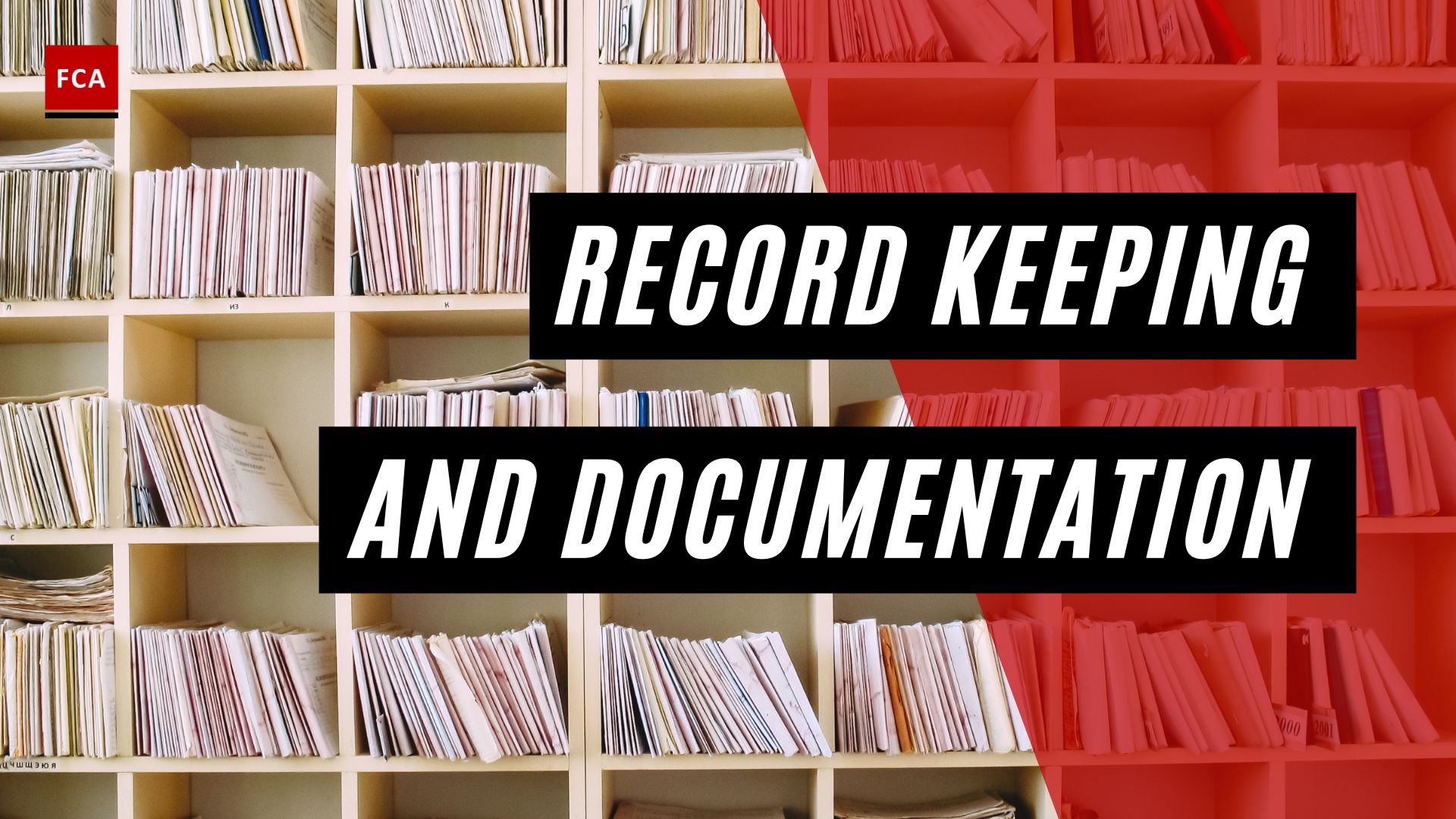How does terrorist financing work? Just like money laundering, the process of terrorist financing can be explained in different stages. Simply put, the process of terrorist financing follows a four-stage approach. These four stages are Collecting, Storing, Moving, and Using.

How Does Terrorist Financing Work?
Terrorist organizations require funds to operate and carry out terrorist acts. Terrorist financing refers to the means and methods used by terrorist organizations to fund their operations. This money can come from legitimate sources, such as business profits and charitable donations. Terrorist organizations can also raise funds through illegal activities such as trafficking in weapons, drugs, or people or kidnapping for ransom.
Terrorist financing frequently necessitates the transfer of funds within or across jurisdictions. It could be done through official financial market and money remittance channels, unregulated channels, or through the use of cash couriers. Terrorist financing and money laundering share a striking resemblance in that both involve efforts to conceal funds from the scrutiny of state authorities. The methods for doing so are frequently similar. In 2001, the FATF broadened its mandate and extended the application of its standards to financing terrorism.
Following initial consideration of counter-terrorist financing measures alongside anti money laundering or AML measures, the FATF has recently focused on identifying the differences between the two phenomena in order to adapt its standards to the specificities of terrorist financing (for example, based on the fact that not all terrorist financing sources are from illicit origins, such as the emphasis set on the abuse of non profit organizations).
Stage 1: Collection
The first stage, the collecting stage, refers to generating the funds intended for a terrorist or terror organization. The funds can originate from a variety of sources. Typical sources of financial support for terrorist financing include direct donations by individuals and organizations, the use of charities and non-profit organizations, and something that might already be obvious to you, which is criminal activity. But terrorists can also generate funds from legal business operations.
Stage 2: Storing
The second stage is the storing stage. To understand this, put yourself in the shoes of a terrorist organization’s fundraiser for a moment. You have received some money from direct donations in amounts large and small, given by individuals, legal entities, non-profit organizations, or businesses, and, in some cases, foreign countries. What do you do with this? You bundle it to make it easier to handle and store.
The storing of funds can be accomplished through bank accounts, prepaid cards, and high-value commodities. The latter includes oil, art and antiquities, agricultural products, precious metals and gems, and even used vehicles. Terrorist organizations even store the funds in cryptocurrencies and keep them in cash. They are store the funds until they have determined and planned for their use.
Stage 3: Moving
The third stage is moving the funds. When the terror group has as many funds as required and an operational need, they move the funds from the store elsewhere. The choice of movement mechanism naturally relates to the store. Well-known mechanisms for moving values include the traditional banking and financial sector, money services businesses, and the Hawala financial system. They smuggle it in the form of cash, gold, or other, or if they have it in cryptocurrencies, they transfer them to another wallet. It’s like in other crimes. Moving the body has the highest risk profile. So it is during the moving stage that terrorists are most vulnerable, especially to international economic sanctions.
Stage 4: Using
The last stage of terrorist financing is using the funds. There are countless examples of how terrorists can use their funds. Some more examples of using funds in terrorism include using it for the terrorist organization to pay for weapons, material, equipment, overheads, media, messaging, training, and salaries. The funds can also be used to pay for foreign fighters, organize travel services or cover passport and visa costs. Some forms of usage are also day-to-day expenses that are difficult to identify as terrorism-related.
Final Thoughts
Terrorism manifests itself in a variety of ways, ranging from isolated acts to planned activities of organized groups. As a result, the methods of financing terrorism vary accordingly. It includes not only the financing of terrorist acts, but also any assistance to the criminal network. Terrorist organizations require significant funding, not only for terrorist acts but also for other issues such as maintaining the organization’s functioning, providing for its basic technical necessities, and covering costs associated with spreading related ideologies.
.








